Sometimes the best adventures happen in places you can’t find on a postcard rack. While everyone’s rushing to the same crowded tourist spots, America’s small towns are quietly serving up authentic experiences, friendly locals, and stories that actually matter. These aren’t just pit stops on the way to somewhere else — they’re destinations worth the detour.
From coastal gems where fishermen still mend nets at dawn to mountain hideaways where the general store doubles as the town’s social hub, these places remind us what we’re missing in our fast-paced world. Here’s a list of 16 charming small towns that deserve a spot on your travel plans.
Stowe, Vermont
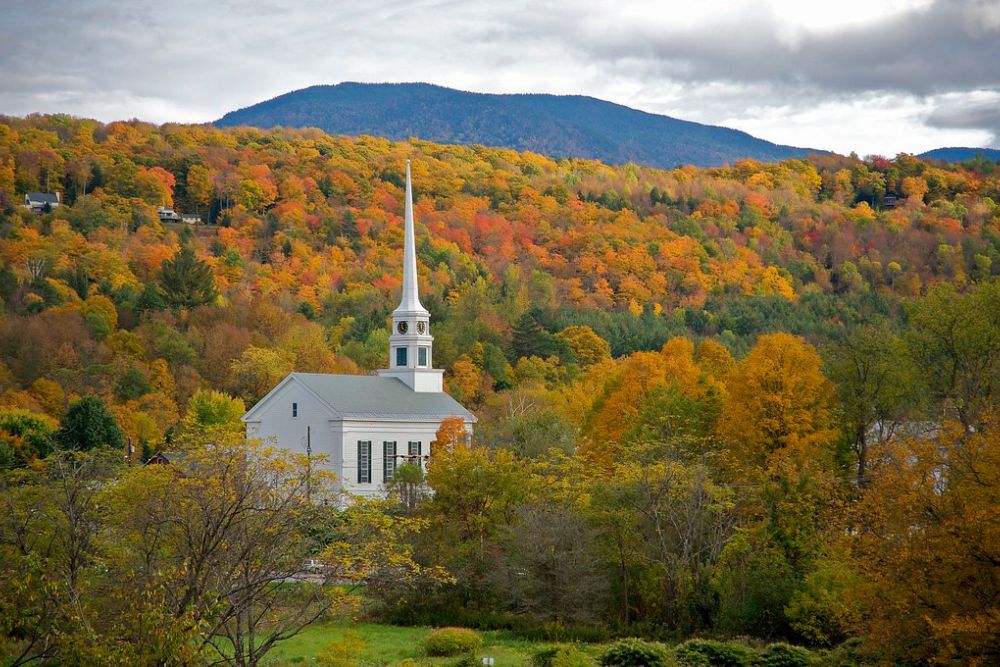
Stowe looks like someone designed it specifically for a Norman Rockwell painting, then decided to make it even more picturesque. This mountain town of about 4,000 people sits in a valley surrounded by peaks that change colors with the seasons like nature’s own mood ring.
The main street feels like stepping back in time, with locally-owned shops selling everything from handmade maple syrup to woolen mittens that keep your hands warm. Even when it’s packed with leaf-peepers in fall or skiers in winter, Stowe maintains that small-town charm where strangers wave from their porches.
Carmel-by-the-Sea, California
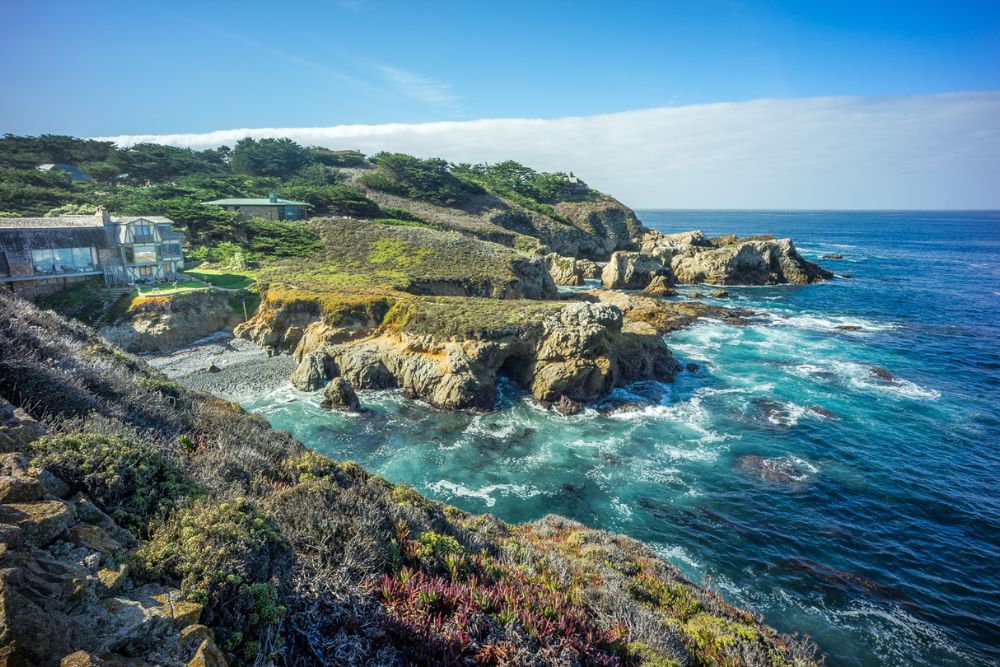
Carmel-by-the-Sea takes the concept of ‘quirky’ and runs with it in the best possible way. This coastal town has no street addresses — mail gets delivered to business names and descriptive locations like ‘the blue house with the red door.’ The fairy-tale cottages look like they were built by people who took children’s storybooks way too seriously, complete with crooked chimneys and gardens that seem to grow wild on purpose.
Former mayor Clint Eastwood put this place on the map, but the town’s artistic soul and dramatic coastline keep visitors coming back long after the Hollywood connection fades.
Like Travel Pug’s content? Follow us on MSN.
Mackinac Island, Michigan
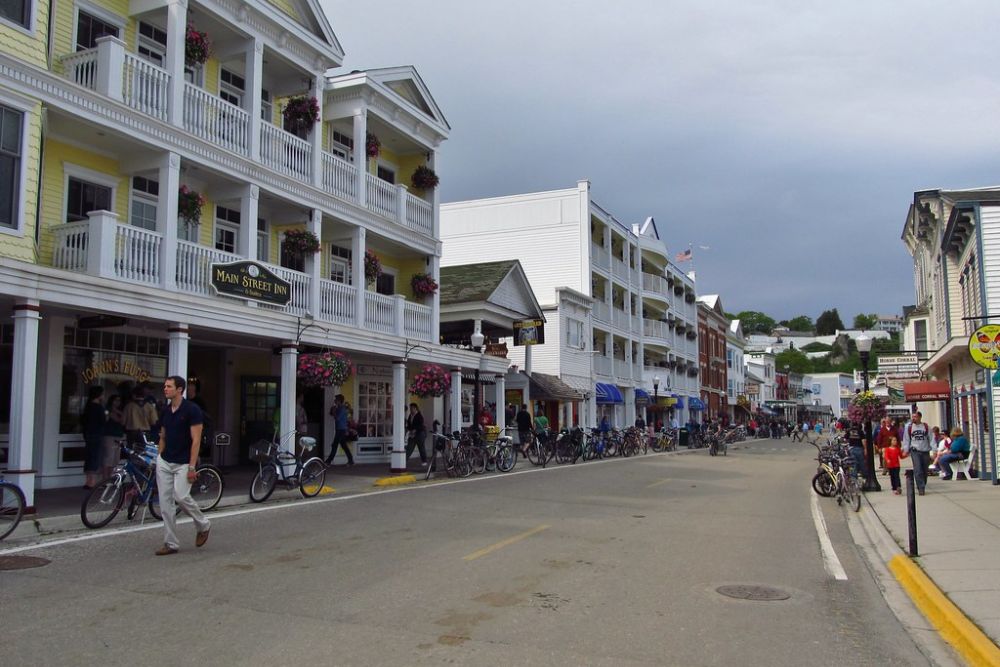
Mackinac Island operates on island time, literally — cars have been banned since 1898, so everything moves at the pace of horse-drawn carriages and bicycles. The whole place feels like a living history museum where you can touch things, and the fudge shops outnumber the parking meters by about infinity to zero.
Victorian-era hotels line the harbor, their wraparound porches perfect for watching ferries bring day-trippers who inevitably leave with sticky fingers and shopping bags full of local treats. The island’s isolation in Lake Huron creates this weird time warp where your biggest decision is whether to explore Fort Mackinac or just sit by the water and watch the world slow down.
Solvang, California
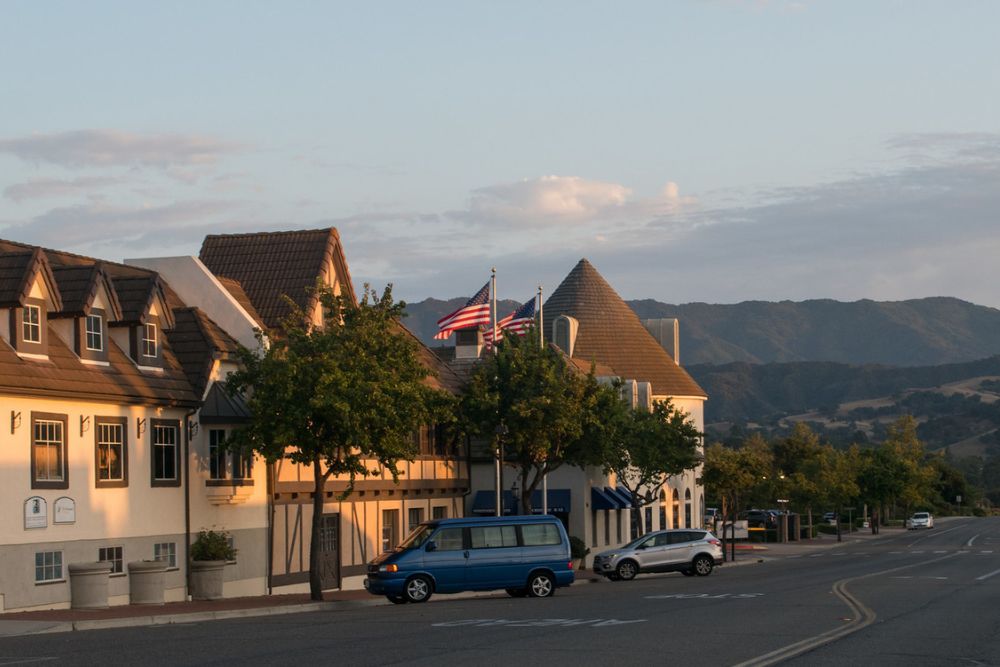
Solvang proves that you don’t need a passport to feel like you’ve landed in Denmark — just a willingness to embrace the wonderfully weird. This Santa Barbara County town was founded by Danish immigrants in 1911, and they clearly decided that if they couldn’t bring Denmark to America, they’d build their own version from scratch.
Half-timbered buildings house bakeries selling authentic æbleskiver (Danish pancakes), while windmills dot the landscape like oversized lawn ornaments that actually serve a purpose. The whole setup might sound like a tourist trap, but the Danish heritage runs deep enough that locals still celebrate traditional festivals and maintain cultural connections that go way beyond the architecture.
Bar Harbor, Maine

Bar Harbor sits right at the edge of Acadia National Park like nature’s own welcome mat, offering visitors the perfect launching point for exploring some of the country’s most dramatic coastline. This fishing village turned tourist destination manages to balance its working waterfront with upscale shops and restaurants without losing its authentic Maine character.
Lobster boats still head out before dawn while visitors sleep in cozy bed-and-breakfasts, and the town’s main street bustles with activity that feels genuine rather than manufactured for tourists. The nearby mountains and rocky shores provide endless opportunities for hiking, while the town itself offers enough charm to keep you busy on rainy days.
Like Travel Pug’s content? Follow us on MSN.
Savannah, Georgia
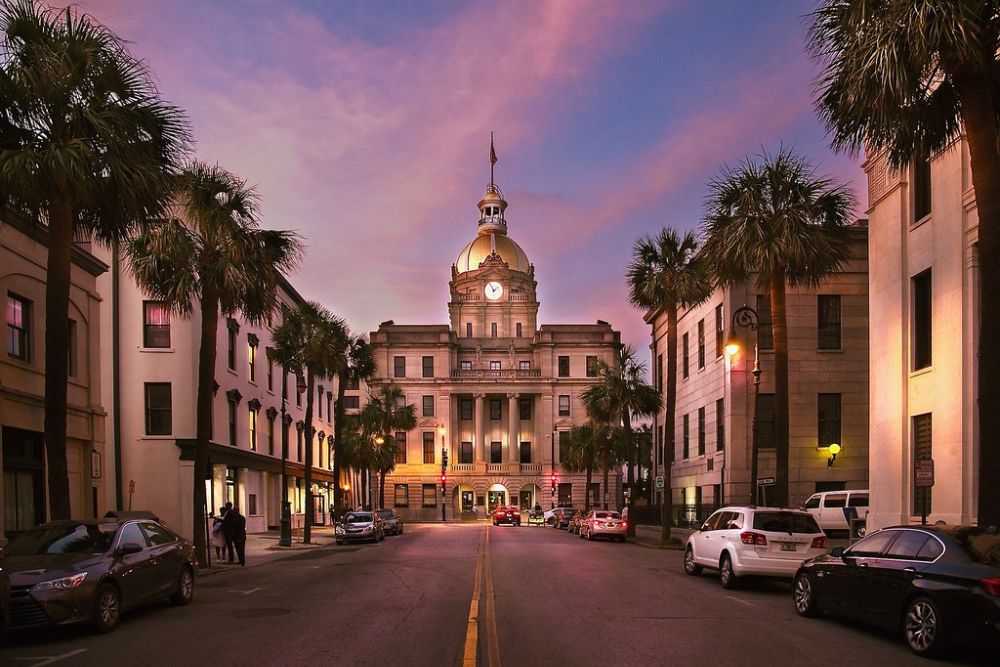
Savannah’s historic district feels like walking through a living Southern Gothic novel, complete with Spanish moss hanging from ancient oaks and squares that invite you to sit and watch the world go by. The city’s grid of 24 squares creates intimate neighborhoods within the larger whole, each with its own personality and collection of antebellum architecture that somehow survived Sherman’s March to the Sea.
Horse-drawn carriages clip-clop down cobblestone streets past houses where every doorway seems to hide a story, and the locals are happy to share those stories whether you ask or not. Ghost tours might be the tourist thing to do, but the real magic happens during the day when you can appreciate the incredible preservation of American architectural history.
Park City, Utah
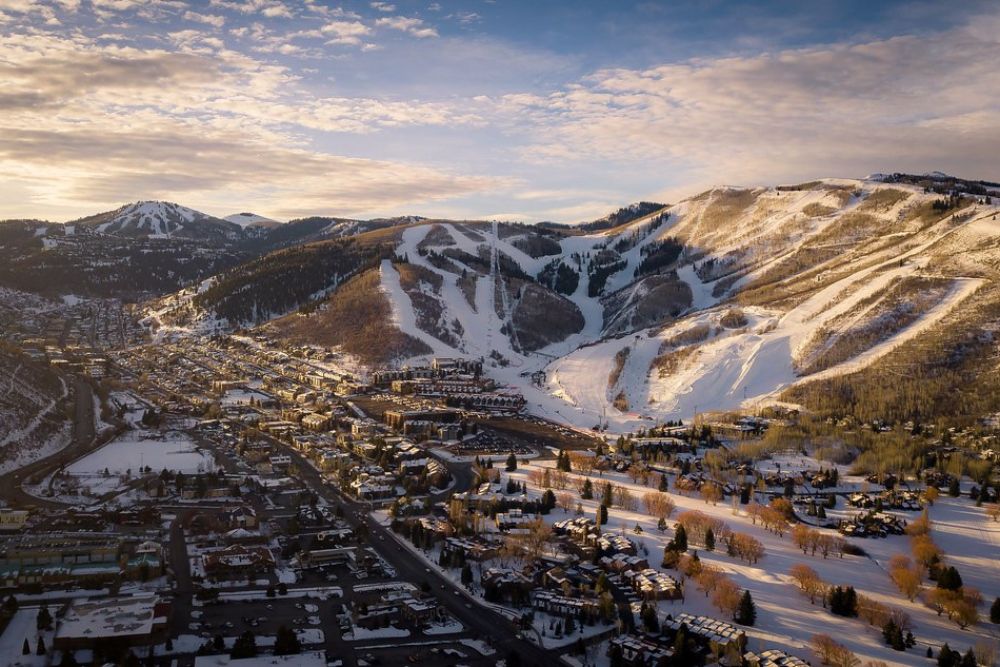
Park City transformed itself from a rough-and-tumble mining town into a world-class resort destination without completely abandoning its roots — you can still see the old mine structures dotting the mountainsides like industrial archaeology. Main Street maintains its Wild West charm with wooden sidewalks and buildings that date back to the silver boom, while modern ski lifts whisk visitors up mountains that offer some of the best powder in the country.
The town’s elevation at over 7,000 feet means the air is thin, but the views are thick, and the combination of outdoor adventure and small-town hospitality creates an atmosphere that feels both sophisticated and down-to-earth. Summer brings film festivals and mountain biking, proving that Park City isn’t just a one-season wonder.
Mendocino, California
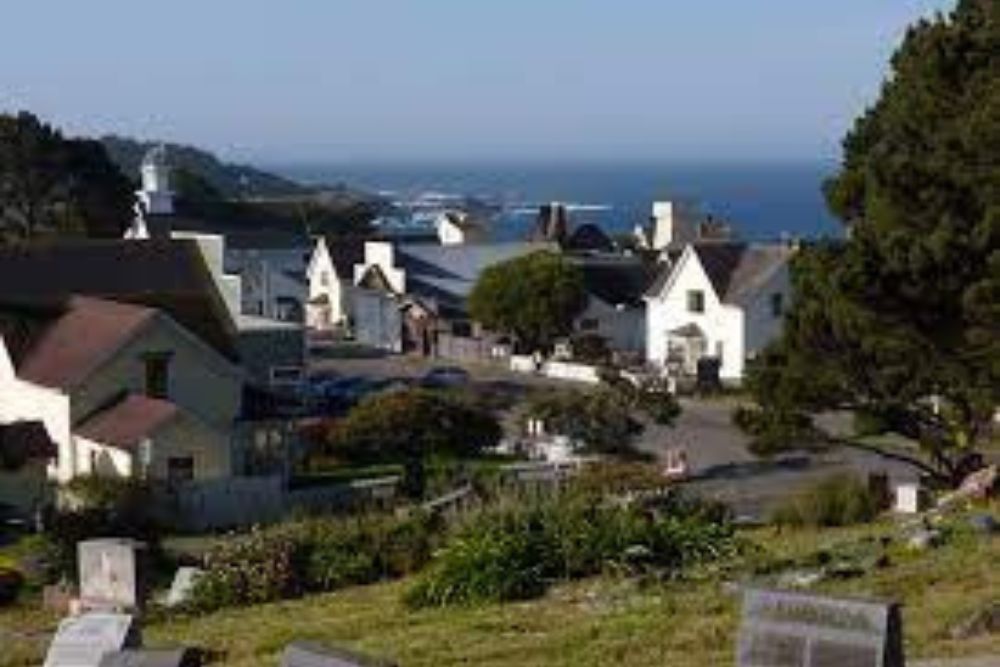
Mendocino perches on coastal bluffs like it’s trying to get the best possible view of the Pacific Ocean, and honestly, it succeeded. This Victorian village looks like it was transplanted directly from New England, complete with white picket fences and gingerbread trim that somehow doesn’t look out of place against the California coastline.
The town’s isolation — it’s about three hours north of San Francisco — has preserved its 19th-century character while keeping development at bay. Art galleries and cozy inns fill the historic buildings, and the surrounding Mendocino National Forest offers hiking trails that lead to secluded beaches and hidden coves where you might not see another soul for hours.
Like Travel Pug’s content? Follow us on MSN.
Telluride, Colorado
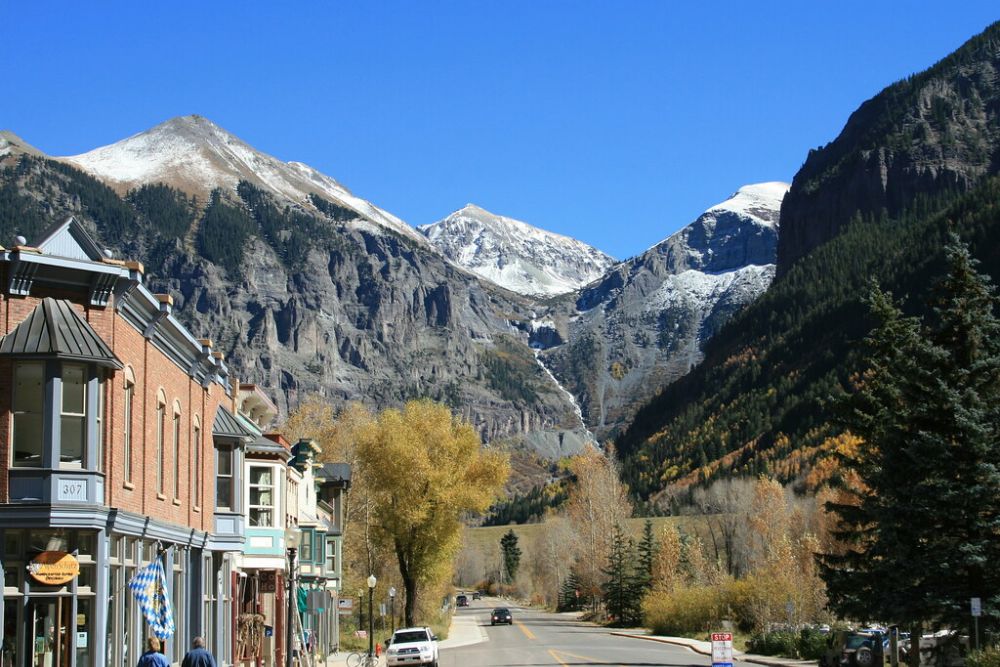
Telluride sits in a box canyon surrounded by 13,000-foot peaks, creating a natural amphitheater that makes every sunset look like a million-dollar view. This former mining town has evolved into a playground for outdoor enthusiasts, but it’s managed to maintain its authentic Western character despite attracting visitors with deep pockets.
The main street still feels like a frontier town, with saloons and general stores that cater to both locals and tourists without losing their genuine atmosphere. Summer brings music festivals that echo off the canyon walls, while winter transforms the entire valley into a snow globe where the skiing is legendary and the scenery is even better.
Cape May, New Jersey
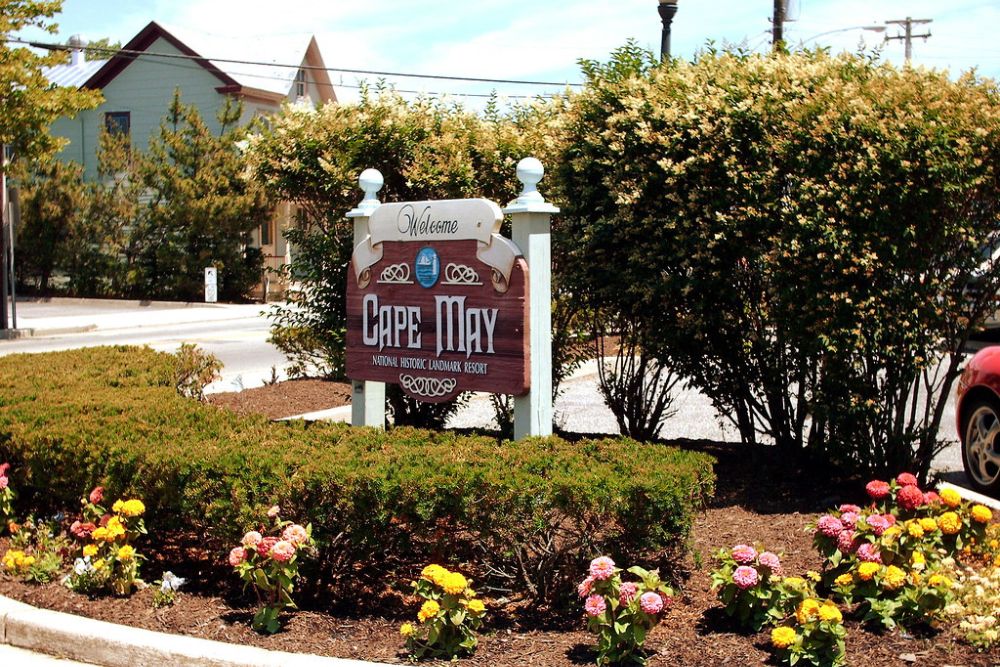
Cape May represents the Victorian era’s greatest hits collection, with over 600 preserved buildings creating the largest collection of late 19th-century architecture in the United States. This seaside resort town has been welcoming visitors since before the Civil War, and it shows – the hospitality feels practiced but genuine, like a favorite aunt who’s been hosting family reunions for decades.
The famous gingerbread houses aren’t just tourist attractions; they’re functioning bed-and-breakfasts where you can sleep in rooms that have been welcoming travelers for over a century. The beaches are wide and sandy, the lighthouse is still operational, and the whole town feels like stepping into a more gracious era when vacations were about relaxation rather than cramming in as many activities as possible.
Woodstock, Vermont
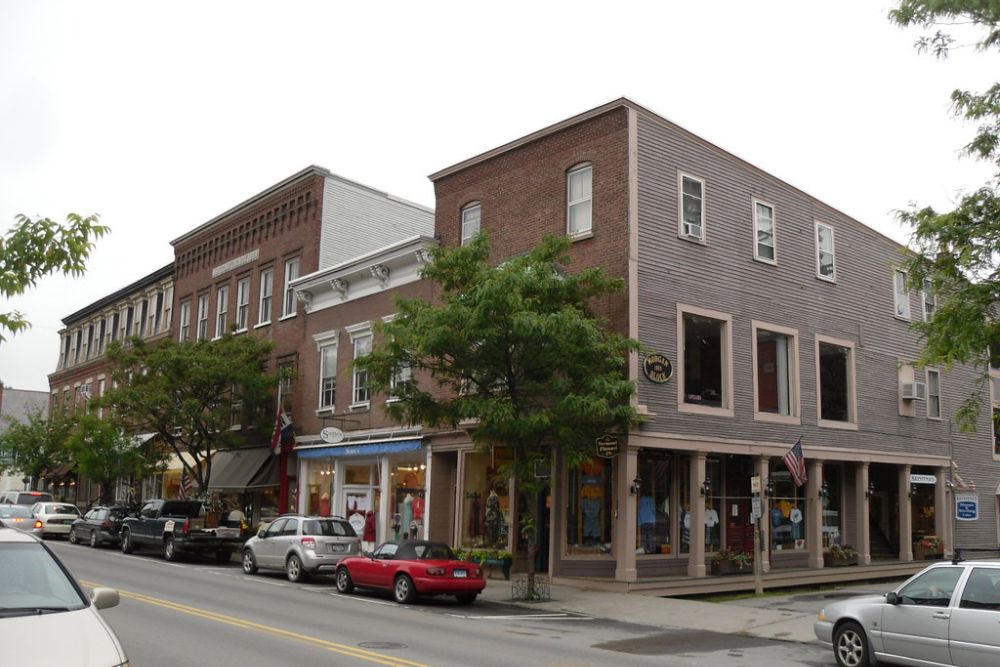
Woodstock embodies the Vermont ideal so perfectly that it almost seems too good to be true — like someone designed it to be the definitive New England town and then decided to make it actually livable. The village green is surrounded by white-steepled churches and colonial-era buildings that house everything from artisanal cheese shops to bookstores where you can actually browse without feeling rushed.
The Ottauquechee River runs right through town, providing a soundtrack of rushing water that changes with the seasons from spring snowmelt to lazy summer flows. Covered bridges span the river at photogenic intervals, and the surrounding hills offer hiking trails that lead to farms where you can watch maple syrup being made the old-fashioned way.
Like Travel Pug’s content? Follow us on MSN.
Lewisburg, West Virginia
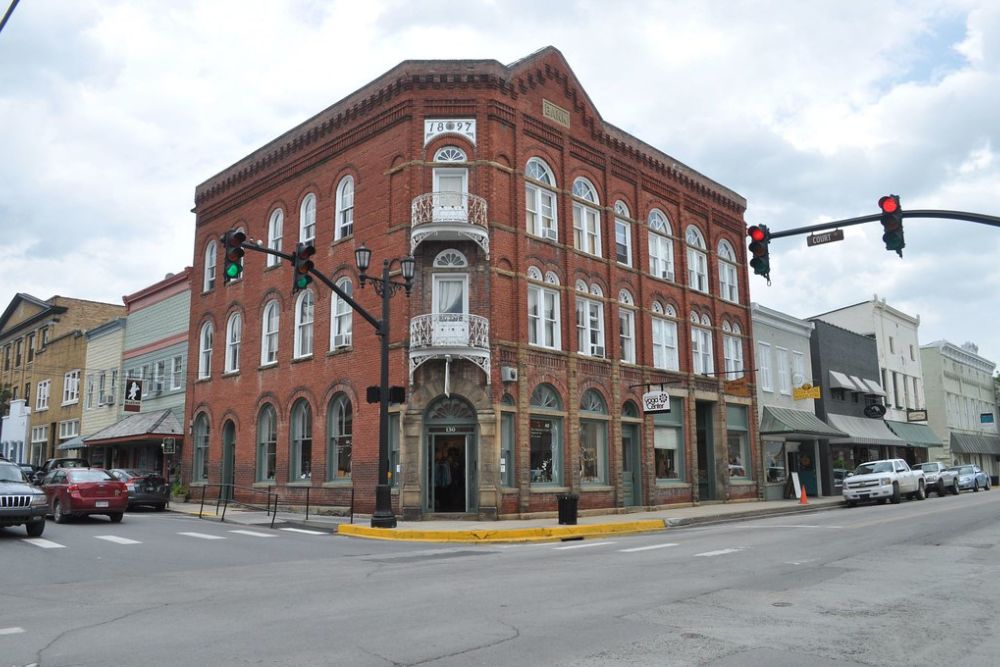
Lewisburg punches above its weight class when it comes to cultural offerings, hosting everything from literary festivals to classical music concerts in a town of just over 3,000 people. The historic district centers around a traditional courthouse square where local businesses have been serving the community for generations, creating the kind of economic ecosystem that keeps money circulating locally rather than flowing to distant corporate headquarters.
The Greenbrier River Trail runs right through town, offering 78 miles of converted railroad track that’s perfect for walking, biking, or just contemplating how transportation has changed over the past century. Antique shops and art galleries line the main street, but they’re the kind of places where you can actually afford to buy something rather than just window-shop.
Nelson, British Columbia
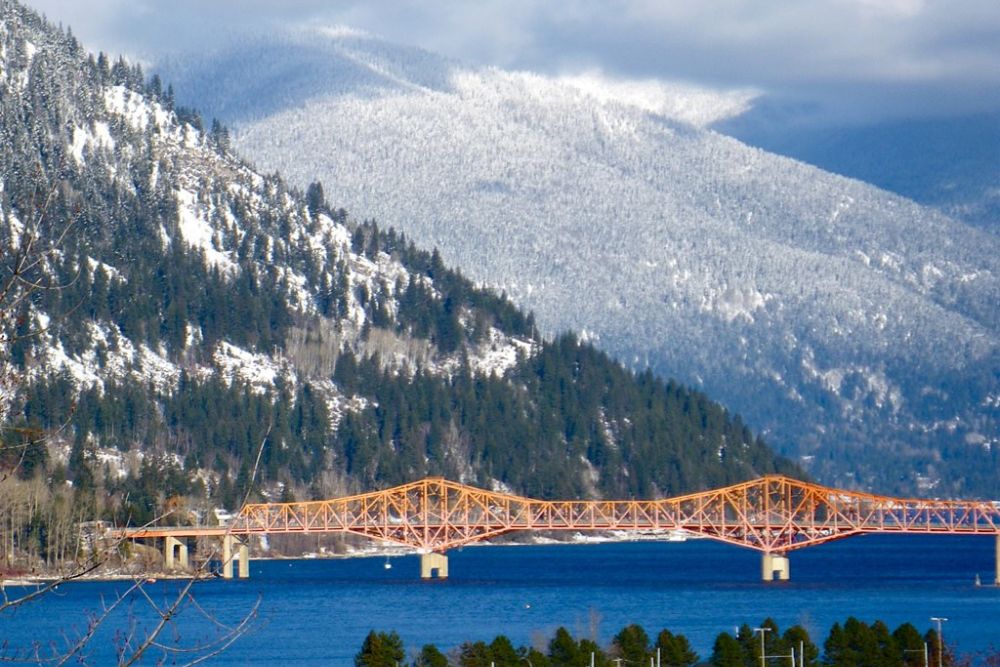
Nelson sits on the shore of Kootenay Lake like a Canadian postcard come to life, with snow-capped mountains reflecting in the water and Victorian-era buildings climbing the hillsides in terraced rows. This town of about 10,000 people has managed to maintain its late 19th-century architecture while developing a reputation as a haven for artists, outdoor enthusiasts, and people who appreciate quality of life over quantity of possessions.
The main street features locally-owned shops and restaurants that serve everything from organic coffee to craft beer, while the surrounding mountains offer some of the best skiing and hiking in the Canadian Rockies. The town’s isolated location has preserved its character while attracting visitors who appreciate authentic experiences over manufactured attractions.
St. Michaels, Maryland
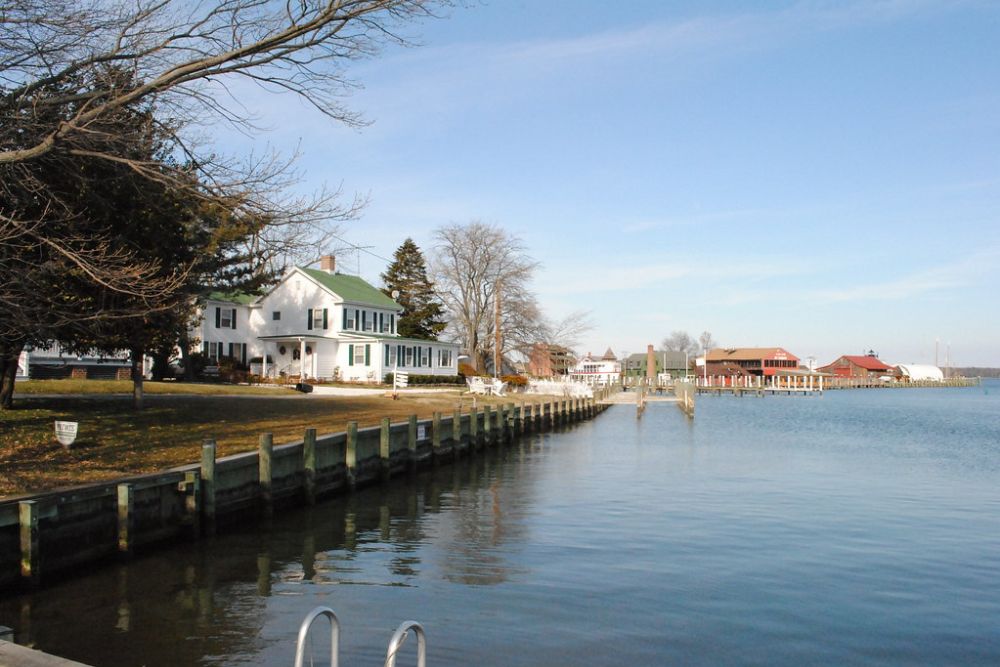
St. Michaels sits on Maryland’s Eastern Shore like a time capsule from the Chesapeake Bay’s golden age, when sailing ships and wooden boats were the primary means of transportation rather than tourist attractions. This waterfront town has preserved its maritime heritage while adapting to modern tourism in ways that feel organic rather than forced — the working boatyard still repairs sailing vessels while also serving as a museum where visitors can watch traditional boat-building techniques.
The main street features shops and restaurants housed in 18th and 19th-century buildings, and the harbor is filled with everything from vintage sailboats to modern yachts. Crab cakes are practically a religious experience here, and the sunsets over the Chesapeake Bay provide daily reminders of why people have been drawn to this place for over 300 years.
Like Travel Pug’s content? Follow us on MSN.
Stillwater, Minnesota
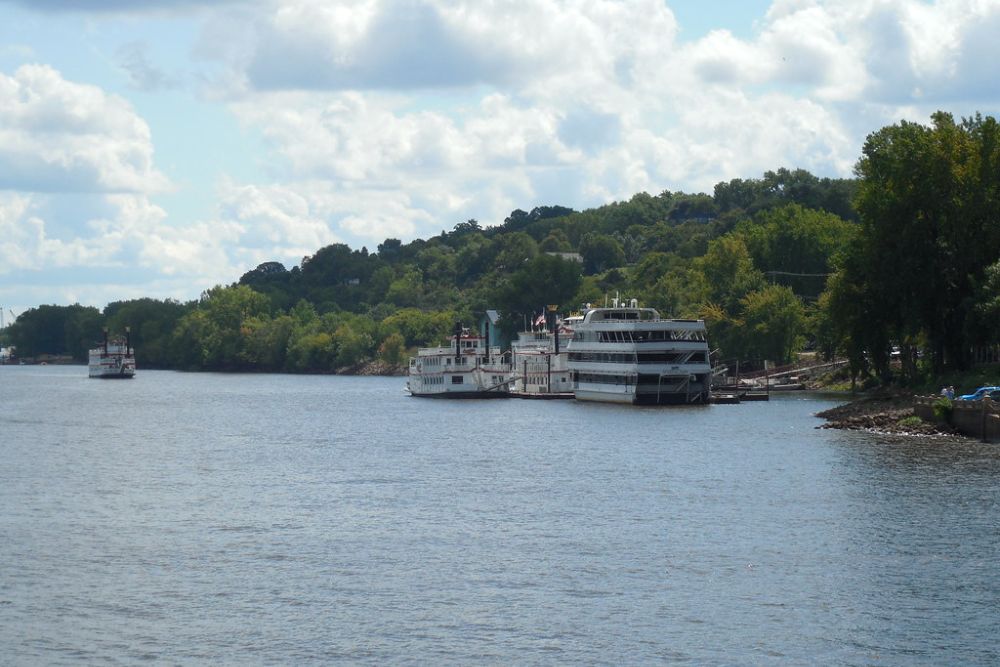
Stillwater earned its nickname as the ‘Birthplace of Minnesota’ by being the site where the territorial convention met in 1848, but these days it’s better known for its antique shops and scenic location on the St. Croix River. The historic district preserves lumber boom-era architecture in buildings that now house everything from used bookstores to specialty craft shops, creating a browsing experience that can easily consume an entire afternoon.
The river provides a natural border with Wisconsin, and the bluffs on both sides offer hiking trails with views that stretch for miles across the St. Croix Valley. Paddle-wheel boats still cruise the river during summer months, providing a leisurely way to appreciate the landscape that drew settlers to this area in the first place.
Jim Thorpe, Pennsylvania
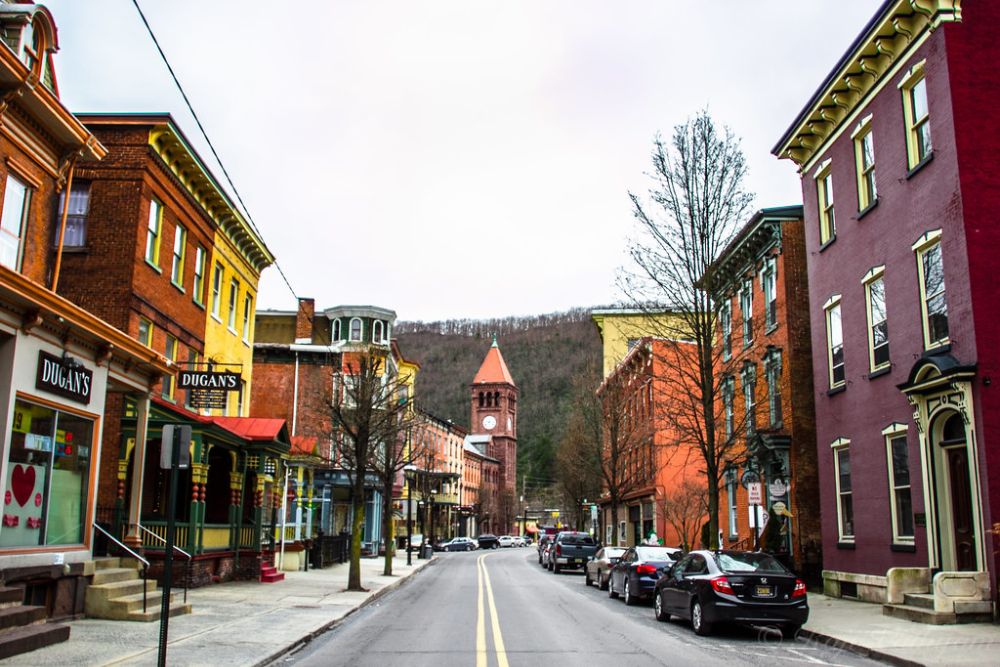
Jim Thorpe sits in a narrow valley surrounded by the Pocono Mountains like nature designed it specifically for dramatic entrances — the train ride into town offers views that get better around every curve. This former coal town reinvented itself as a tourist destination while preserving its Victorian architecture and small-town character, creating a place where you can appreciate both industrial history and natural beauty without feeling like you’re visiting a theme park.
The Lehigh River runs right through town, offering white-water rafting in spring and peaceful canoeing in summer, while the surrounding mountains provide hiking trails that lead to overlooks with panoramic views of the entire region. Historic buildings house everything from adventure outfitters to art galleries, and the whole town feels like it’s found the perfect balance between honoring its past and embracing its future.
Where Main Street Still Matters
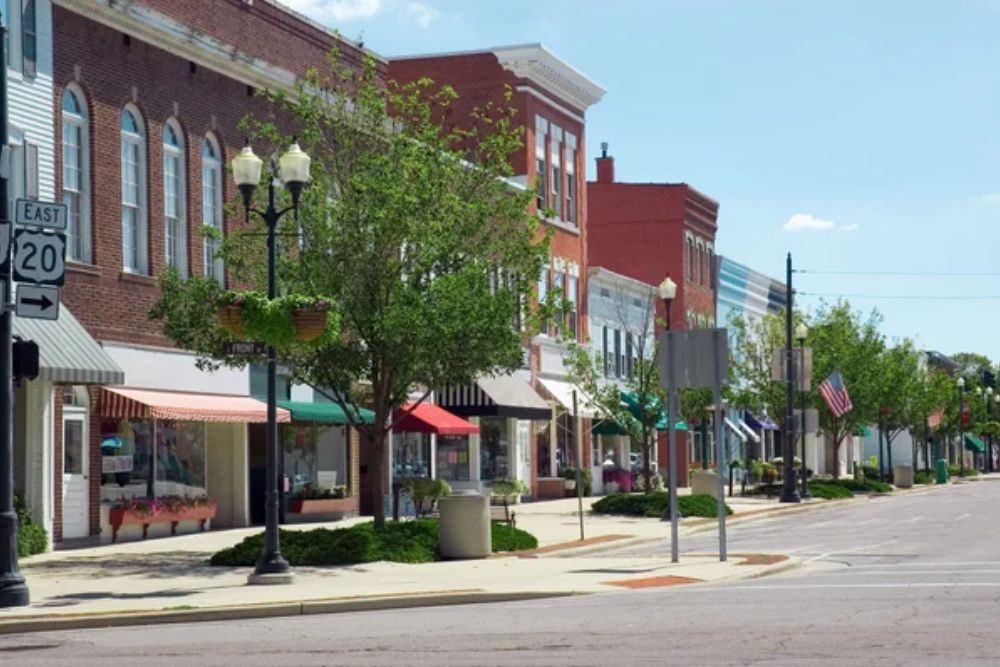
These small towns prove that bigger isn’t always better. Sometimes, the most memorable experiences happen in places where everyone knows the local barista’s name and the hardware store owner can fix things that corporate chains would just tell you to replace. They’ve managed to preserve what makes them special while adapting to changing times, creating destinations that feel authentic in a world of manufactured experiences.
Whether you’re looking for outdoor adventure, cultural enrichment, or just a chance to slow down and remember what you’re missing in the rush of modern life, these communities offer something that no chain hotel or franchise restaurant can replicate. The real magic happens when you realize that these aren’t just tourist destinations. They’re reminders of what community can look like when people choose to invest in the place rather than just passing through.
More from Travel Pug

- 20 Best Beach Towns in the Carolinas
- 13 Destinations Where Tourists Regularly Regret Their Trip
- 20 Things You Actually Get in First Class
- 20 Small Airports With Aviation Museums
- 20 Places in the U.S. That Are Perfect for a Reset Trip
Like Travel Pug’s content? Follow us on MSN.
